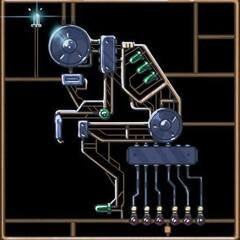Selling my SSD's. How do I make sure they are completely wiped?
-
Topics
-
A_New_Account ·
Posted in Displays0 -
duke_seb ·
Posted in General Discussion1 -
BigFoot_406 ·
Posted in Windows2 -
kaitlin4599 ·
Posted in CPUs, Motherboards, and Memory7 -
5
-
1
-
Dert_Eater ·
Posted in New Builds and Planning2 -
0
-
JakubR8 ·
Posted in Graphics Cards11 -
Cyber Akuma ·
Posted in Power Supplies2
-







.thumb.gif.c5b4b2d840060f4c6c30ab67518ed448.gif)









Create an account or sign in to comment
You need to be a member in order to leave a comment
Create an account
Sign up for a new account in our community. It's easy!
Register a new accountSign in
Already have an account? Sign in here.
Sign In Now